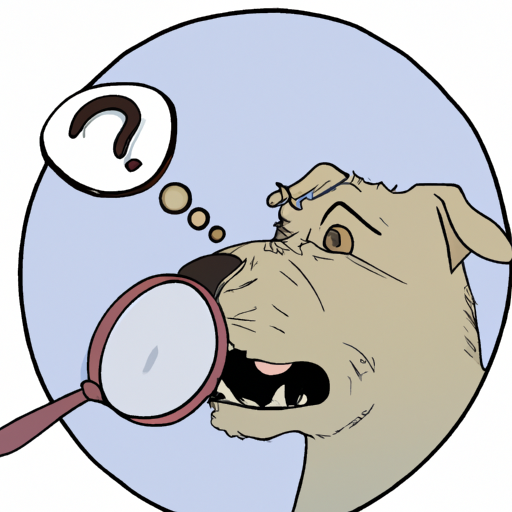Introduction
As a caregiver, you may have noticed your faithful four-legged friend has ridges on their lips. It’s an interesting feature that all dogs possess, but why do these ridges exist? They’re not just there for decoration – they serve an important purpose in canine biology.
Table of Contents
- Understanding the Canine Anatomy
- The Purpose of Ridges on a Dog’s Lips
- The Origins of the Ridges
- Ridges and Dog Breeds
- Interesting Facts About Dog Lips
- Frequently Asked Questions
Key Takeaways
- Ridges on dogs’ lips, also known as commissures, serve important functions in their biology.
- The ridges help to prevent food and water from spilling out while eating or drinking.
- They are a common feature in all dogs, regardless of breed.
- The shape and arrangement of these ridges can differ based on the breed.
Understanding the Canine Anatomy
Just like human beings, dogs too have a complex anatomy with each part serving a specific function. The ridges on their lips, known as commissures, are a fascinating part of their anatomy. These ridges, when observed closely, form a unique pattern that runs along the lower lip and extends upwards to the corners of their mouth. To better understand these ridges, let’s delve into their function.
The Purpose of Ridges on a Dog’s Lips
The primary function of these ridges is quite practical – they help to prevent food and water from spilling out when the dog is eating or drinking. This is particularly important for dogs given their messy eating habits. Without these ridges, they would end up spilling a lot of their meal.
In addition to keeping their meals tidy, these ridges also help to enhance their sense of smell. The wet surface of the lip ridges traps scent particles, which helps them to identify food, mates, and potential threats.
You can learn more about dog anatomy and their unique features at onetopdog.
The Origins of the Ridges
The exact origins of these ridges are unclear, but they are a common feature in all dogs, wild or domestic. It’s believed that these ridges have evolved over thousands of years as a result of dogs’ dietary habits.
In the wild, dogs are scavengers and predators. The ridges on their lips would have helped them to consume their meal more efficiently, without losing any to the ground. This is especially important in a survival situation where every bit of food counts.
Ridges and Dog Breeds
The shape and arrangement of these ridges can differ based on the breed. Breeds with looser skin, like the Bloodhound or the Basset Hound, tend to have more prominent ridges.
You can find more information about different dog breeds and their unique traits at onetopdog.
Interesting Facts About Dog Lips
- Dog lips are more sensitive than their paw pads.
- Their lips are the first part of their body to come into contact with food, so they play an important role in determining what’s edible.
- Dogs also use their lips to express emotions and communicate with other dogs and humans.
Frequently Asked Questions
Q1: Do all dogs have ridges on their lips?
Yes, all dogs, regardless of breed, have ridges on their lips. However, the prominence of these ridges can vary based on the breed.
Q2: What are these ridges called?
These ridges are known as commissures.
Q3: Can the ridges on a dog’s lips tell us anything about their health?
Changes in a dog’s lips can sometimes indicate health issues. If you notice any unusual swelling, discoloration, or sores on your dog’s lips, it’s best to consult a vet.
You can find more information about dog health and wellness at onetopdog.
As a caregiver, understanding the purpose of these ridges can help you better understand your furry friend. They are a reminder of the fascinating complexity of canine anatomy and the evolutionary adaptations that dogs have developed over thousands of years.
So the next time you see your dog making a mess while eating, remember that it could have been a lot worse if not for those handy lip ridges.



